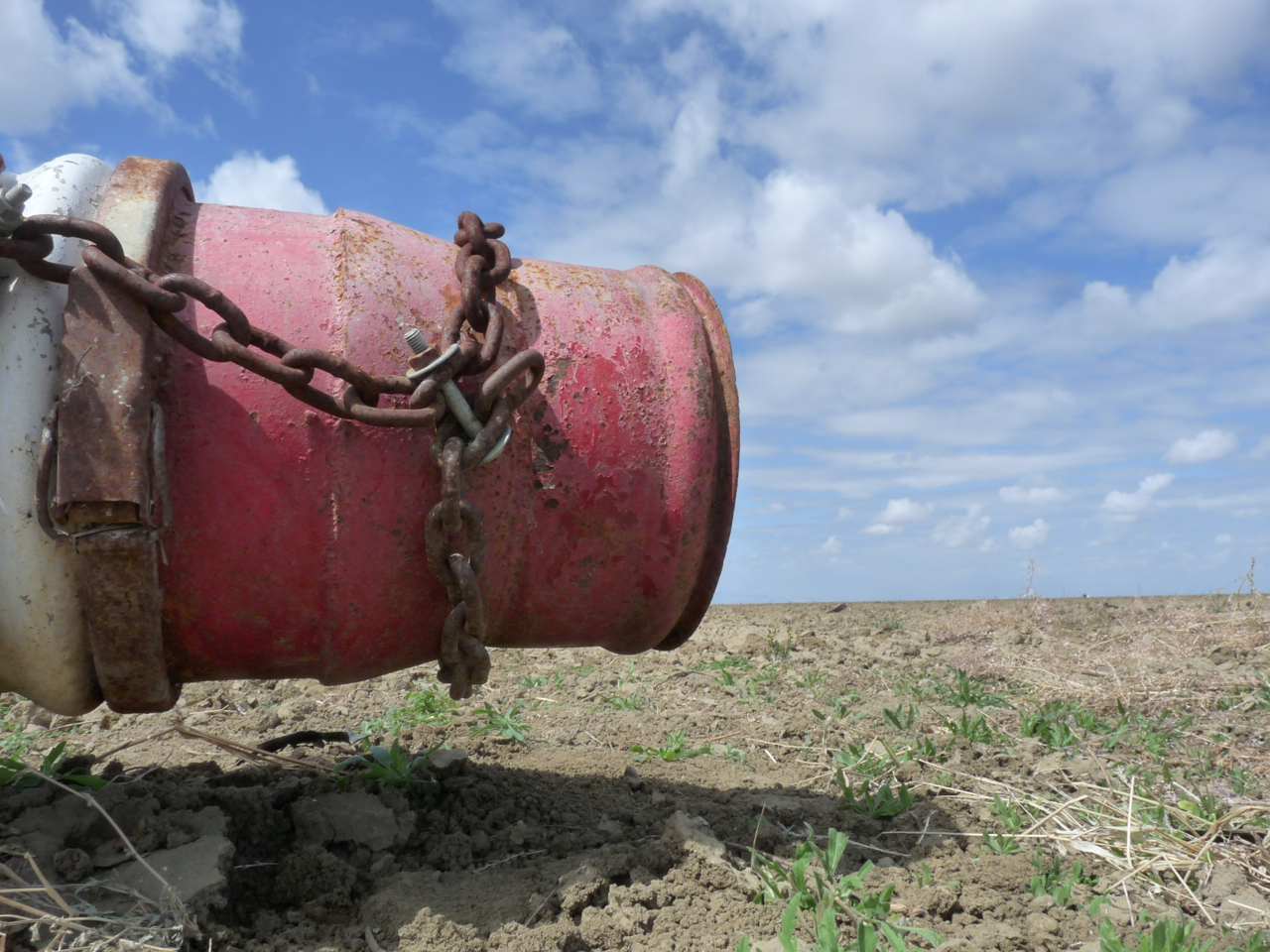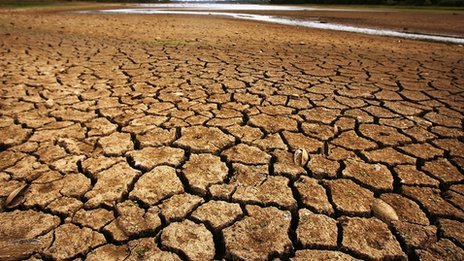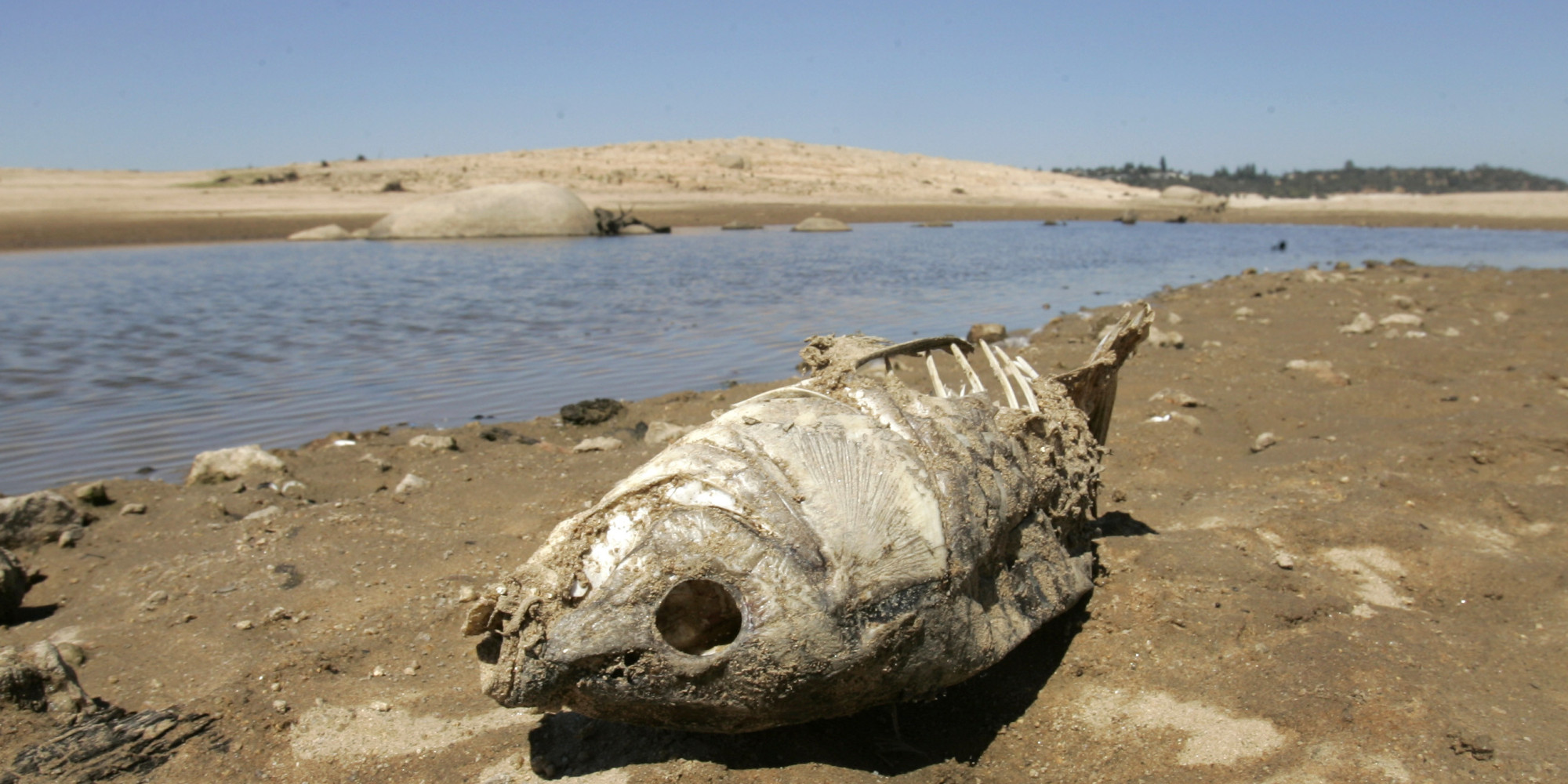U.S.: Limoneira Raises 2014 Income Guidance
U.S. lemon and avocado business Limoneira Company (NASDAQ: LMNR) recorded a sharp year-on-year rise in lemon sales in the second quarter, and buoyant prices for the fruit have led to a substantially higher income guidance for 2014.
The company’s lemon sales increased 17% during the period to reach US $18.1 million, and costs were only slightly up by US $700,000 amid acquisitions of Associated Citrus Packers and Lemons 400.
With the much higher sales and only a marginal increase in costs, operating income surged by 35% to US $3.2 million. EBITDA was down 2.3%, but it is important to note the company gained US $3.1 million in the second quarter last year by selling stock in Calavo Growers (NASDAQ: CVGW).
“Based on lemon prices we are currently enjoying, our results for the first six months of fiscal 2014 and our positive outlook for the back half of the year, we are raising our previously issued guidance for the full year results of operations,” said chief executive officer Harold Edwards.
“Importantly, even with the well-publicized drought in California, we continue to believe that our extensive water rights, usage rights and pumping rights will provide us with adequate supplies of water as we begin our seasonally strongest quarter of the year.”
The company said that with higher lemon prices expected, it has pushed up its previous operating income guidance from US $7 million to a range of US $10.6-11.8 million.
Limoneira said this approximately represented a 100% increase over its 2013 operating income of US $5.4 million.
“The expected increase in operating income is primarily due to the additional lemon revenue generated by the acquisitions of Associated and Lemons 400 and increased lemon prices, partially offset by lower expected avocado revenue,” the company said.
“Fiscal year 2014 pre-tax earnings are anticipated to be $11.3 million to $12.4 million compared to previous guidance of approximately $8.1 million, which is similar to fiscal year 2013 pretax income.”
After hours trading was strong for the stock, with shares up 3.54% at the time of writing.


















